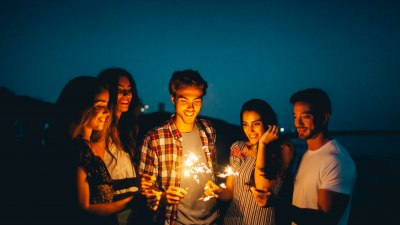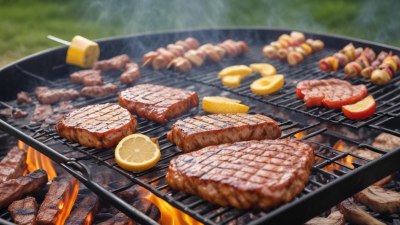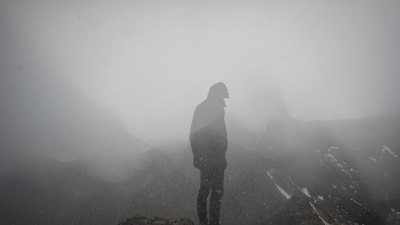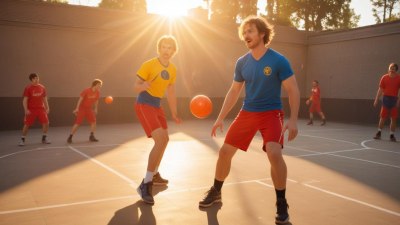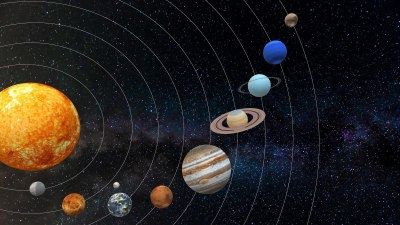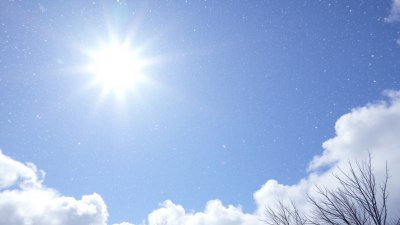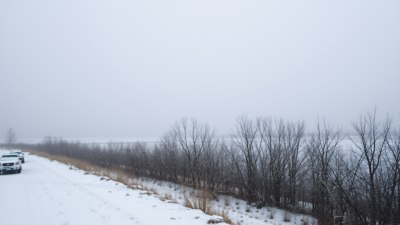How Storms Wait Until You Start the Grill
Discover the humorous and curious connection between grilling and unexpected storms, why bad weather seems to wait for your barbecue.
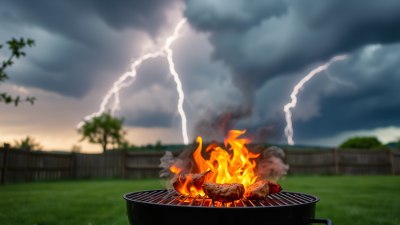
There’s something almost magical about the way storms seem to time themselves perfectly with your desire to grill outdoors. You’ve prepped your backyard, unpacked the utensils, and just as the coals start to glow or the propane ignites, dark clouds roll in. It’s a phenomenon that many grilling enthusiasts know all too well—a meteorological prank almost choreographed to ruin your cookout plans.
Is it coincidence or is there some cosmic rule that orchestrates weather patterns to specifically challenge anyone who dares to start a grill? Let’s dive into this curious relationship between storms and grilling, exploring the science, the psychology, and the shared human experience that turns a simple barbecue into a battle against the elements.
The Timing of Storms and Outdoor Cooking
Most people notice that the timing of bad weather seems incredibly precise when it comes to barbecuing. Whether it’s a sudden downpour, a swift gust of wind, or the onset of thunder and lightning, the interruption often happens just as the first burger hits the grill. This synchronicity, although frustrating, isn’t entirely without reason.
Weather patterns are driven by complex atmospheric conditions that involve shifts in pressure, humidity, temperature, and wind currents. These factors can change rapidly, especially in regions known for volatile weather. The conditions that create storms often develop during the warm parts of the day—the same time when most people prefer to grill. Warm afternoons provide the perfect conditions for the uplift of moist air to create clouds and eventually storm systems.
In many areas during summer months, afternoons are prone to thunderstorms because daytime heating increases warm air near the ground, which rises and cools, condensing moisture into storm clouds. So statistically, the likelihood of a storm coinciding with your grilling time is higher than, say, an early morning BBQ. This natural overlap in timing might explain why the bad weather seems to wait for your grill to fire up.
Psychological Perception and Confirmation Bias
Human psychology also plays a role in this perceived correlation. Confirmation bias causes people to remember events that support their beliefs and ignore those that don’t. If you believe that storms always come when you grill, you’re more likely to notice and remember storms that coincide with your cookouts rather than those that happen at other times.
Furthermore, grilling requires a lot of preparation and anticipation, so any interruption feels more significant. A sudden storm that puts an end to your barbecue isn’t just inconvenient—it’s an event that stands out in your mind. You’re less likely to recall the times when you grilled successfully without any weather mishaps.
Stories about storms ruining outdoor plans have also become a cultural trope, reinforcing the expectation that these events happen together. Sharing experiences with friends and family further entrenches the association, making it seem as though bad weather and grilling go hand in hand.
Scientific Explanation: Storms and Heat
Storms actually need heat to form, which partly explains the timing. The energy for storms comes from warm, moist air rising and cooling, leading to cloud formation and precipitation. Grilling typically happens outdoors on warm days, so the conditions are right for storms to develop.
Moreover, open flames and heated surfaces might create localized updrafts and changes in air currents, but on a very small scale compared to natural atmospheric forces. Despite some urban myths, the heat from your grill isn’t strong enough to influence weather but does coincide with the general warming trends that make storms more likely.
Barbecue Weather: The Perfect Storm Conditions
Barbecue conditions require pleasant temperatures without too much wind or rain, but nature often has a different plan. Storms typically form when humid air is lifted rapidly into the atmosphere, which often happens during the warmest parts of the day when grilling is most popular. The radiant heat of a sunny afternoon increases evaporation from soil and plants, adding moisture to the air that fuels storm clouds.
This makes the prime grilling window the same window when the atmosphere is most unstable. The clash between warm, moist air and cooler upper atmosphere leads to thunderstorm development. People naturally want to grill in the afternoon and early evening, which is the prime time for these storms to appear.
How to Outsmart the Storms When Grilling
While you can’t control the weather, there are strategies to minimize the risk of your grilling plans getting drenched:
1. Check the Weather Forecast: Use reliable weather apps to track storm predictions and try to schedule grilling earlier in the day or on clearer forecast days.
2. Use a Grill Cover or Patio Umbrella: A simple canopy or covered grill station can provide shelter from sudden rain showers.
3. Have a Backup Plan: Moving the cooking indoors to a stovetop grill pan or using an indoor electric grill is a great alternative if the weather turns.
4. Be Prepared to Pause: Sometimes storms pass quickly. Waiting out the brief rain under shelter might still save your barbecue plans.
The Cultural Impact of Stormy Grilling
The unpredictability of the weather paired with grilling has become a shared cultural joke. Online communities of grillers exchange stories about how storms have unexpectedly arrived right as their food was starting to cook. Memes depicting angry clouds waiting for the grill to light up circulate widely, creating a sense of camaraderie amid the frustration.
This shared experience highlights a fundamental human truth—while we try to control our environment, we remain subject to the whims of nature. The ritual of grilling, so tied to outdoor relaxation and social gatherings, becomes a test of patience and adaptability when storms intervene.
Scientific Anecdotes: Noticing Storm Patterns
Meteorologists sometimes note that localized thunderstorms can be surprisingly precise in where and when they develop. Studies on urban heat islands, regions warmed by concrete and human activity, show that local temperature rises can impact how and where thunderstorms form. While your grill’s warmth isn’t enough to create storms, your entire neighborhood might have microclimates affected by buildings, parks, and bodies of water that influence weather patterns.
For example, the heat generated in a suburban backyard may add marginally to the warmth of the immediate area but will not significantly alter storm formation. Instead, larger scale atmospheric conditions dominate. So, the observed “storm waits until you grill” is less about one backyard and more about the typical local weather cycle intersecting with your chosen grilling time.
When Lightning Strikes: Safety First
One serious caution related to storms and grilling is lightning risk. Lightning is a real danger when cooking outdoors during stormy conditions. Metal grills and cooking utensils conduct electricity, making grillers vulnerable during lightning activity.
It’s vital to monitor weather conditions and cease any outdoor cooking at the first sign of thunder or lightning. Move indoors promptly. These safety measures protect both people and property, preventing accidents linked to stormy grilling scenarios.
Inventive Solutions for Stormy Grill Enthusiasts
Some grillers have taken a proactive approach, designing flood-resistant or weatherproof grilling stations. These include structures such as fully enclosed grill gazebos with ventilation that protects the cook and equipment from rain and wind.
Others invest in portable gas or electric grills that are easy to relocate indoors quickly. Accessories like weather-resistant covers, windbreaks, and grilling tents provide some control against unpredictable weather.
While these solutions don’t stop storms, they offer grillers more flexibility and peace of mind, reducing the likelihood of storm-related barbecue disruptions.
Does Technology Hold the Answer?
Modern technology helps by giving grillers more advanced weather-tracking tools. Smartphone apps integrate radar, real-time precipitation data, and storm alerts, providing an advantage in predicting when bad weather might intervene.
Some grilling devices even include smart sensors to alert users about temperature changes or humidity spikes that can precede storm formation. Using technology, grillers can better decide when to start or pause cooking to avoid the worst weather.
Philosophical Reflections on Grilling and Storms
Beyond the practical and scientific explanations lies a philosophical perspective: the storm waiting for the grill illustrates human vulnerability to the natural world. Grilling outdoors represents a desire to harness the elements—fire and air—to create nourishment and connection.
Storms remind us that nature is not entirely predictable or controllable. This dynamic interaction between storm and grill embodies a ritual of surrender and flexibility, a metaphor for balancing human intentions with nature’s rhythms.
In this way, the story of storms waiting until you start the grill becomes more than an annoying coincidence; it’s a narrative of coexistence and respect for the environment.
Celebrating Stormy Grilling Memories
Some of the best grilling stories involve overcoming storm disruptions. Friends who dart inside during a downpour only to laugh together, diners sharing soggy but cherished meals, or the smell of grilled food that lingers despite shifting weather provide memories that endure.
The unpredictability adds adventure and character to the simple act of cooking outdoors. It reminds grillers that some of the best moments come from adapting and enjoying the experience regardless of nature’s challenges.
So next time you’re ready to grill and see clouds gathering, remember this shared experience is as old as outdoor cooking itself—a skill that requires patience, vigilance, and a good sense of humor.
Ultimately, storms and grills are intertwined by timing, nature’s design, and human perception. By understanding this relationship, you can better anticipate weather changes, prepare accordingly, and embrace the unique dance of fire and rain that makes outdoor grilling so memorable.
